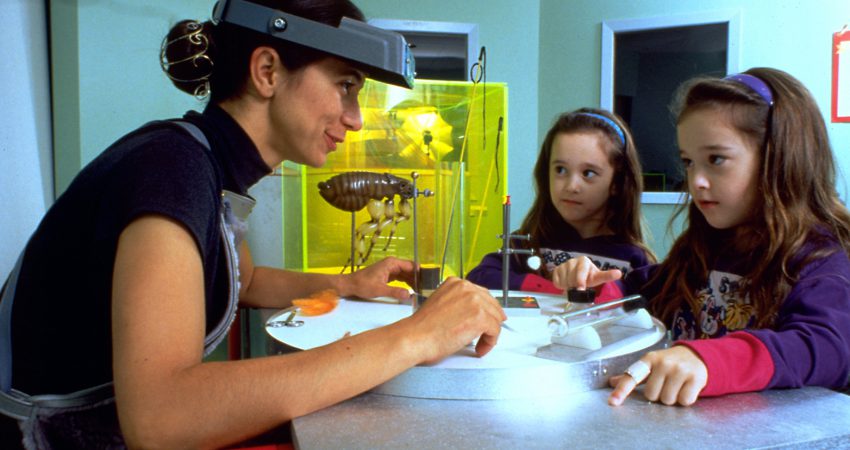
By Elaine Regan - June 2011
PAPER CITATION
Akerson, V., & Donnelly, L. A. (2010). Teaching nature of science to K-2 students: What understandings can they attain? International Journal of Science Education, 32(1), 97–124.
This paper describes a Saturday science program for K-2 students designed to enhance their understanding of the nature of science. A range of teaching strategies were used to explicitly address all the elements of NOS—the role of empirical data, the distinction between observation and inference, the creative processes of science, the subjective (theory-laden) nature of research, and the tentative (though robust) nature of scientific knowledge. The study was conducted in an informal setting that allowed the program leaders (teachers and researchers) to emphasize the NOS by using hands-on science inquiry tasks. To assess change, and to inform subsequent sessions, the impact of each weekly session was determined through a combination of class discussion and individual worksheet assessments. Children were also interviewed using parts of a standardized NOS tool, VNOS-D.
Findings indicate that children’s view of the NOS can be improved through explicit instruction. Furthermore, the K-2 students were clearly developmentally ready to engage with the concepts. The kindergarten and first-grade students were less able to understand the creative and tentative aspects of the NOS, but nearly all students gained some understanding of the distinction between observation and inference. The empirical NOS was harder to attain, while the subjective nature proved hardest to comprehend. However, students did draw connections across the elements, indicating that they were being internalized.
The results suggest that the activities which incorporated both decontextualized (abstract) and contextualized (linking to the everyday) concepts and phenomena were successful in promoting NOS. Further research, however, is needed into the design of suitable activities, including for example the use of a written prompt to help make NOS explicit.
The researchers acknowledge their luxury of being able to reflect upon the sessions and modify them appropriately and note that a regular classroom schedule would not allow this. They argue that Saturday science programs can be effective in promoting NOS understanding in young children and informal science settings can be important venues through which to implement such initiatives.
One caveat is that the pre- and post-nature of the evaluation of the Saturday science program was not ideal because students were interviewed in small groups before the beginning of the program and individually afterwards. Consequently, it was not possible to describe individual students’ understanding or explore the difference according to age before the intervention. This limits the authors’ ability to track individual students in the program.
Questions and issues for consideration include: How can NOS instruction be embedded within all teaching content areas? Can NOS be made more explicit within worksheets associated with inquiries? How can we utilize this finding within program design?




